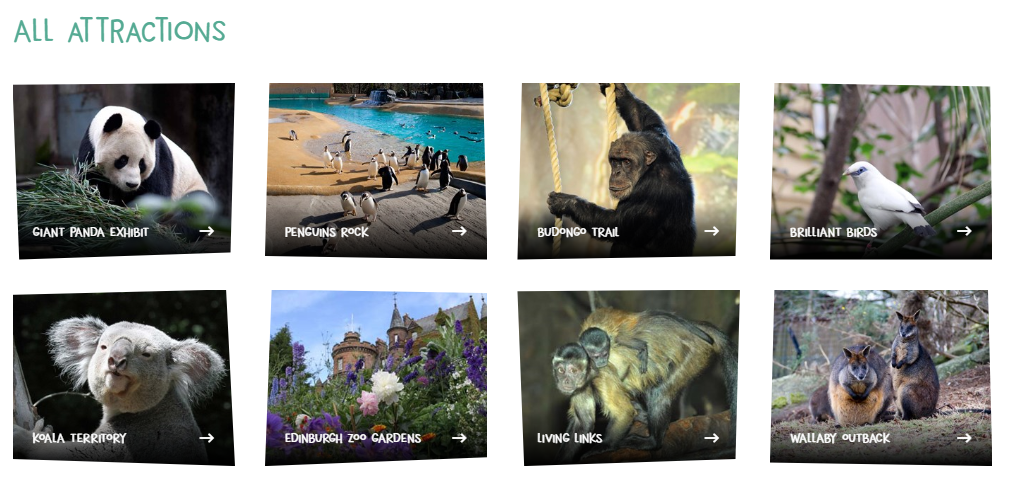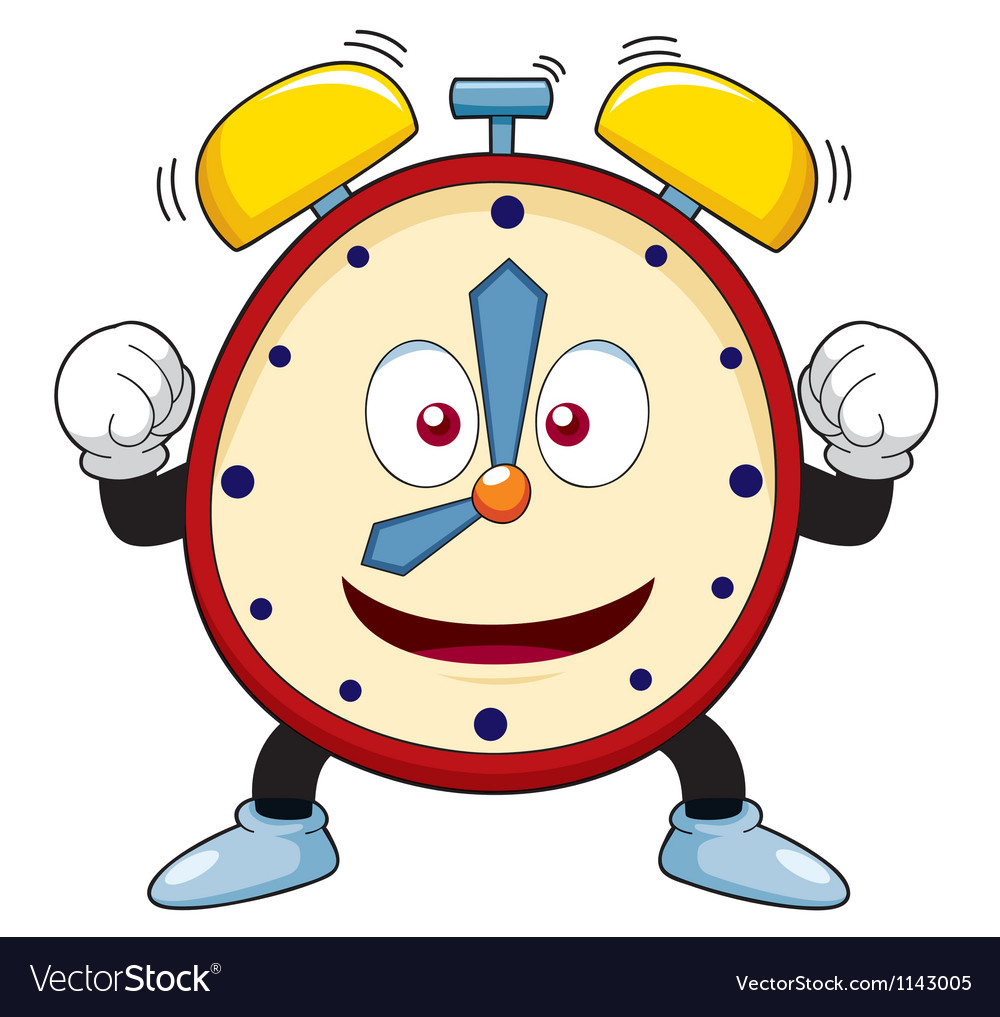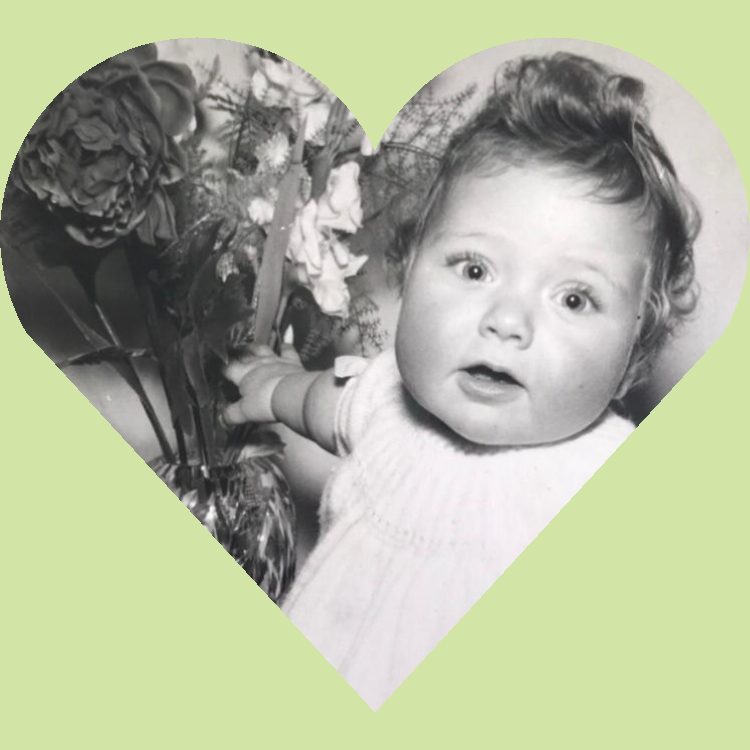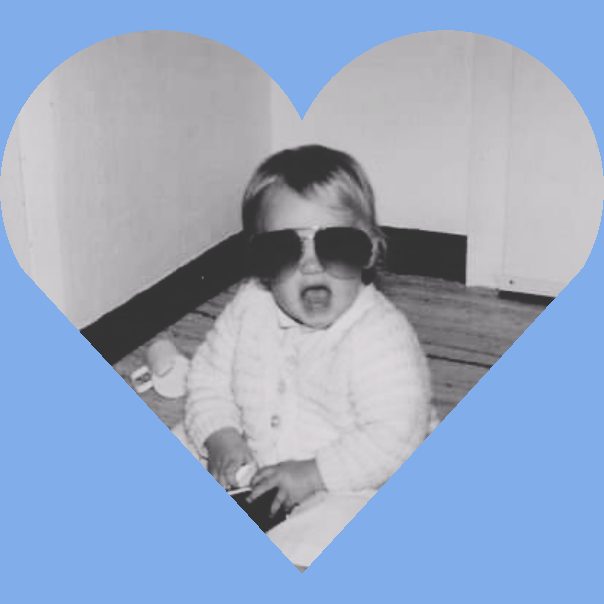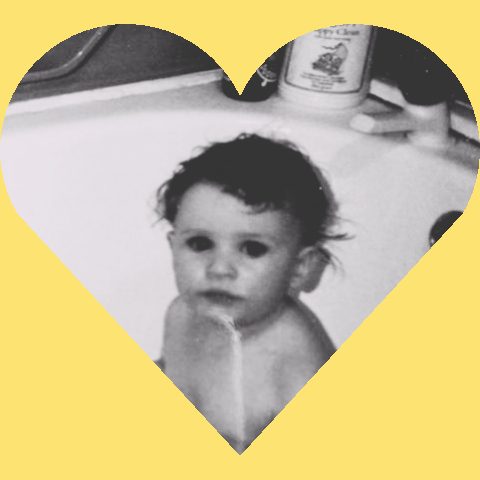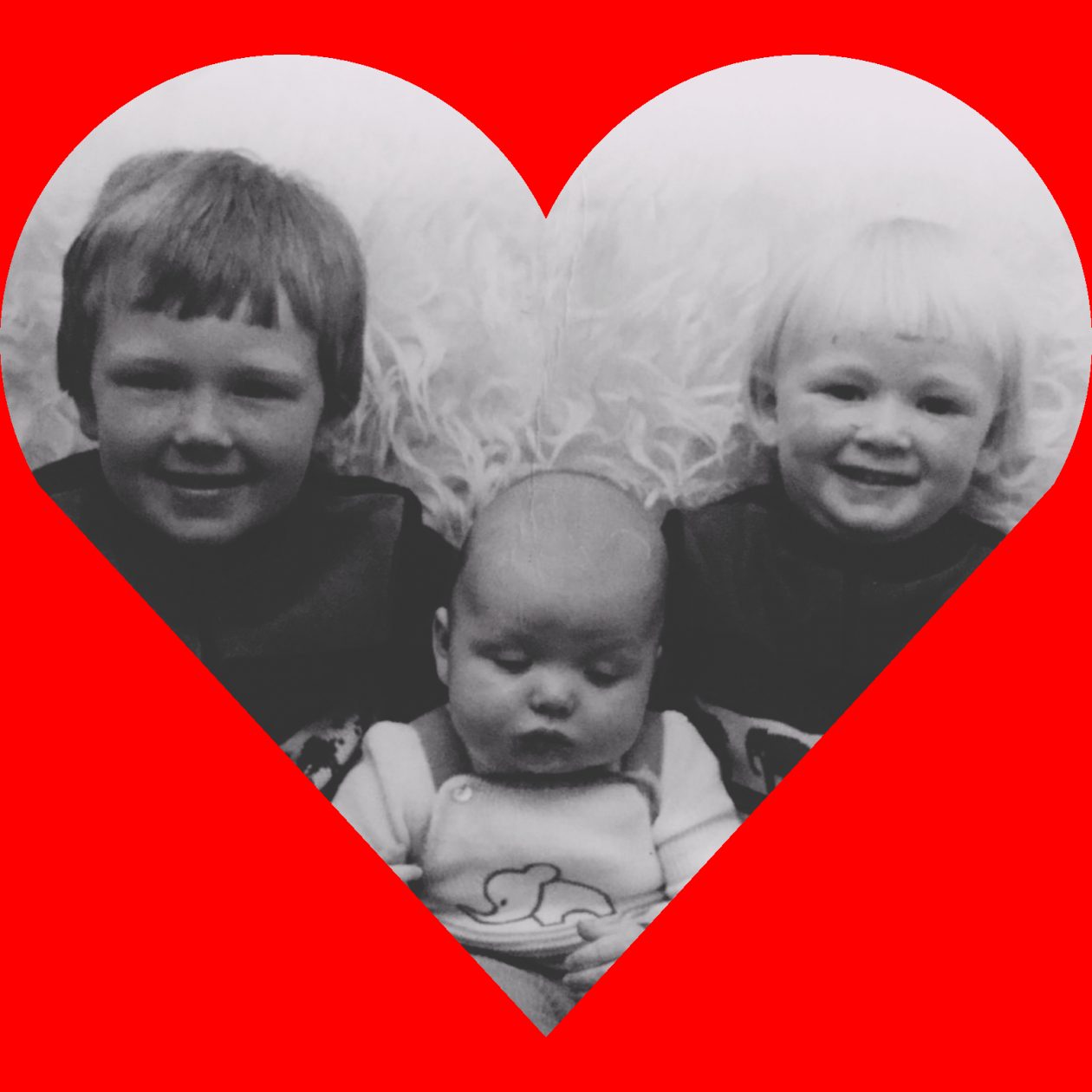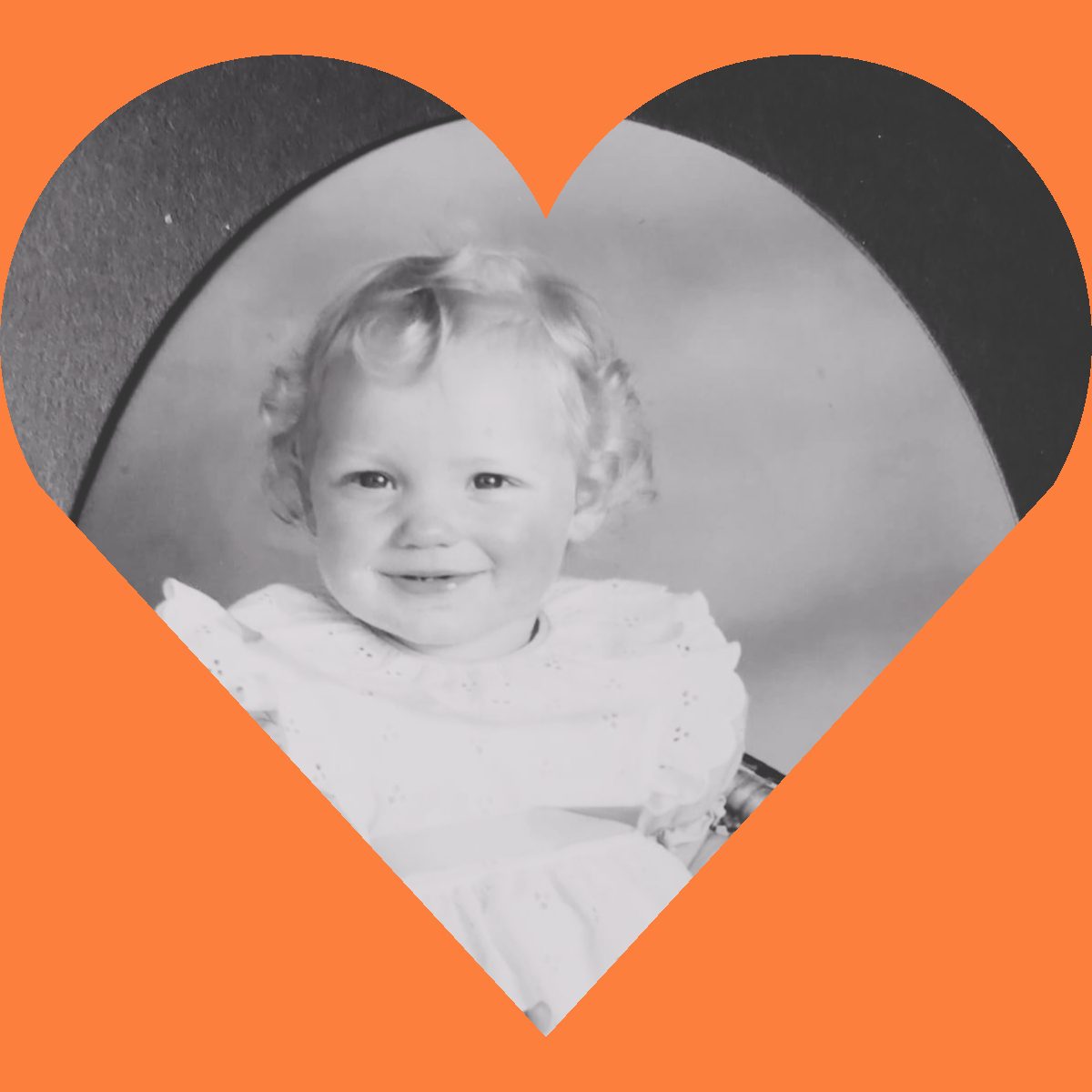Hi everyone,
We hope you are keeping busy and that you are finding fun and interesting ways to do your work. We are still so impressed with all the work you have been completing so far and the time and effort you have been putting in to continue learning at home.
For numeracy today, we will be looking at adding and subtracting with a missing number!
The proper name for this is missing addends and subtrahends. Addends are the numbers you add together to get your answer. A subtrahend is the number you are taking away to get your total.
For the sum 1 + 2 = 3, both 1 and 2 are addends.
For the sum 5 – 4 = 1, 5 is the minuend and 4 is the subtrahend.
If we were trying to solve an equation and we know the answer is 5 then what could the sum be?
You could have
0 +5, 1 + 4, 2 + 3, 3 +2, 4 + 1 or 5 + 0 for adding, or if it was a subtraction sum, it could be anything from 6 – 1, 7 – 2, even 100 – 95.
When we remove a number, we are progressing our problem solving skills so we have to figure out what that missing number is.
2 + _ = 5
For this sum, I am going to use objects to help visual and count.
OO + _____ = OOOOO
Lay them out so you can see a space for your missing number/amount.
Place an object one at a time into the space and draw attention to whether or not the correct amount is there.
OO + O__= OOOOO
OO + OO_ = OOOOO
OO + OOO = OOOOO
Allow time to work out the answer by counting forward or splitting the total into the correct amounts. Some of you will automatically be able to see the amount that is required.
If they are confident with just objects, try a written equation using materials as well.
_ + 4 = 5
__ + OOOO = OOOOO
Write the sum and place the objects below. Again, allow time to work out the answer.
For subtraction, it is similar, but depending on which number is missing it can be slightly trickier.
__ – 4= 1
Allows you to think what is the larger number you need to take away 4 .
5 – __ = 1
Has you thinking of what number you subtract from 5 to get the answer.
You may find one easier than the other, however you can’t swap the placement around, otherwise you get a completely different sum!
Put your objects in the right order, leaving a space for the unknown number.
For missing minuend ( _ – 4 = 1), put an amount down and take away 4 to see if you get the right. Try the wrong number first. Mistakes are good!
OOOOOO – OOOO = O.
For missing subtrahend, (5 – __ = 1)
OOOOO – __ = O
remove an object one at a time until you are left with the same amount. What you have removed is your missing number.
Next progress to writing the equation and using materials to aid with subtraction.
We are using small number to gain confidence and to help with recognition of these types of equations. This will help with our problem solving skills and lead onto understanding that you can rearrange the equation so you can use subtraction to solve an addition equation and vice versa (e.g. 5 + _ = 9, I know 9 – 5 = 4, so the missing number is 4)
add_visual_addition (1)
add_visual_addition (2)
sub_visual_subtraction (1)
